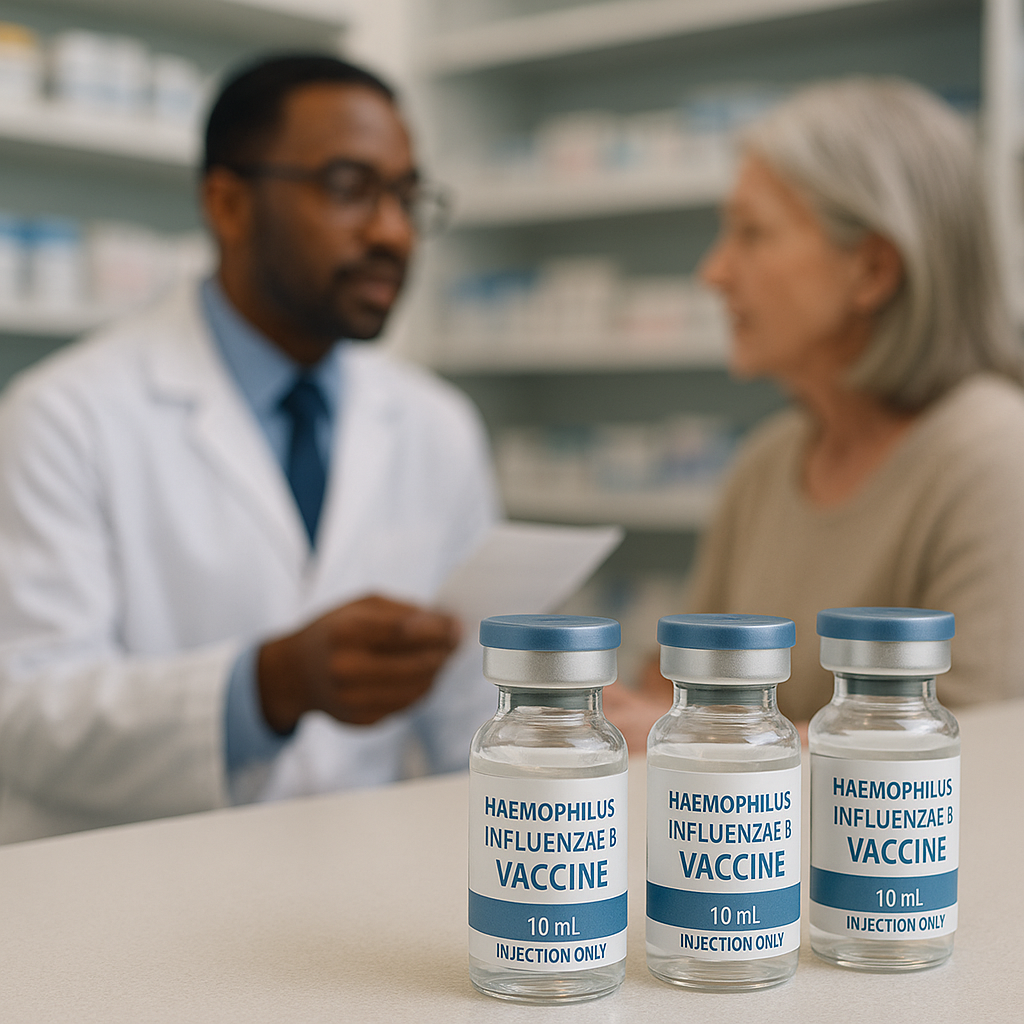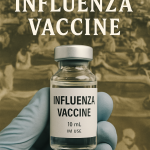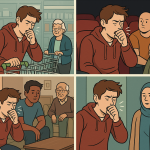The Silent Killer of Children: How the Hib Vaccine Changed the World
Imagine this: your healthy toddler has a runny nose in the morning, a slight fever by lunchtime, and by nightfall, they’re gasping for breath or unconscious in a hospital bed.
This was the nightmare that parents lived with before the Hib vaccine. Haemophilus influenzae type b (Hib) was an unassuming name for a bacterium that caused some of the most terrifying diseases in childhood: meningitis, epiglottitis, pneumonia, and sepsis. It struck fast, left devastation in its wake, and often gave no warning.
And then one day, it was nearly gone.
👶 Life Before the Vaccine: A Frightening Gamble
Before the vaccine’s introduction in the late 1980s, Hib was the leading cause of bacterial meningitis in children under five in the United States. Around 20,000 young children each year were infected. The statistics were grim:
- 1 in 200 children under five would contract an invasive Hib infection.
- 1 in 20 with meningitis would die.
- 1 in 5 survivors would have permanent brain damage, hearing loss, or severe developmental delays.
There were no risk factors, no way to predict who would get it. A perfectly healthy child could go from playing in the living room to being intubated in the ICU within hours. The disease was so swift and brutal that doctors sometimes called it “the pediatrician’s nightmare.”
One of the most horrifying manifestations was epiglottitis, an infection that swelled the flap of tissue at the back of the throat. A child would suddenly struggle to breathe—straining for air like they were drowning. Emergency tracheotomies became tragically routine.
Hib didn’t just affect individuals—it haunted entire communities. Parents lived in fear. Doctors felt helpless. The disease took a toll not just on children but on the public’s sense of security.
🧪 The Heroes Behind the Breakthrough
Vaccines for bacterial diseases are notoriously hard to develop. Hib posed an especially tricky problem: its sugar-coated surface helped it evade young immune systems. Early vaccine attempts in the 1970s used polysaccharides—just the sugars—but these offered little protection to infants and toddlers, the very age group most at risk.
The breakthrough came when scientists found a way to link the sugar coating (the polysaccharide) to a protein that would trigger a stronger immune response. These “conjugate vaccines” turned the tide.
The work involved several teams, but key credit belongs to Dr. John Robbins and Dr. Rachel Schneerson at the National Institutes of Health. Their persistence in the 1980s led to the creation of a conjugate Hib vaccine that could protect even very young infants.
Their vaccine was first licensed in 1987 in the U.S. for use in children over 18 months, and by 1990, newer formulations could be given to infants as young as two months old. Immunization schedules quickly adopted the vaccine, and the results were astonishing.
🌍 The World After Hib
The change was dramatic—almost too dramatic to believe.
Within a few years of introducing the Hib vaccine in national immunization programs:
- The number of Hib cases dropped by over 99% in countries with widespread vaccine coverage.
- In the U.S., more children were hospitalized for Hib disease in a single year in the 1980s than in the entire last decade combined.
- Countries like Uganda and The Gambia, where Hib was a major killer, saw massive drops in childhood mortality after introducing the vaccine.
Today, most new doctors in the U.S. will never see a case of Hib meningitis in their careers. Emergency tracheotomies for epiglottitis—once common—are now virtually unheard of. The kind of suffering that was a fact of life just a generation ago has become a footnote in history.
And yet, this very success comes with a strange risk: we forget. We forget how dangerous Hib was. We forget how fast it could strike. And that forgetfulness can be deadly.
In places where Hib vaccine coverage has dropped—due to conflict, poverty, or vaccine hesitancy—the disease has come roaring back. Outbreaks have occurred in Venezuela, Indonesia, and Madagascar in recent years, all linked to gaps in immunization.
💬 A Quiet Victory That Needs Remembering
The Hib vaccine didn’t make headlines. It didn’t come with a global eradication campaign or a celebrity spokesperson. But in terms of lives saved, it ranks among the most important public health victories of the 20th century.
It’s a triumph of science, persistence, and trust in institutions. The work of Drs. Robbins and Schneerson—and the teams that came after them—shows what’s possible when we invest in boring but life-saving things like conjugate vaccines.
The story of Hib reminds us why public health matters. Why routine childhood immunizations matter. Why science—even when it’s quiet—deserves our loudest applause.
So the next time you hear someone question the need for vaccines, tell them about Hib. Tell them about the baby who suddenly couldn’t breathe, and the panicked parents racing to the ER. Tell them how that horror was stopped—not with miracles, but with hard work, collaboration, and a little vial of clear liquid.
And tell them this:
The world got better. Let’s keep it that way.
Our ‘When The World Got Better’ Series
- When The World Got Better: Smallpox
- When The World Got Better: Polio
- When The World Got Better: Measles
- When The World Got Better: HBV
- When The World Got Better: Hib vaccine
- When The World Got Better: mRNA vaccines
- When The World Got Better: Influenza
Last Updated on June 30, 2025







